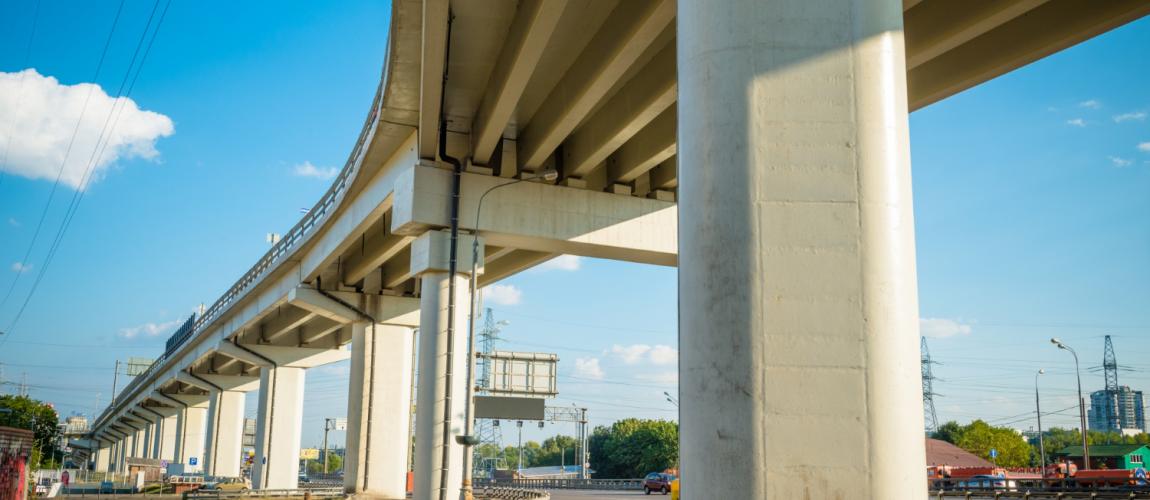Capitol Crossing, Washington, District of Colombia, United States

Photo Credit: Image by Freepik
On this page: A case study on Capitol Crossing, Washington, District of Colombia, United States. Find more at the Municipal Public-Private Partnership Framework - Project Summaries section for brief summaries of around 100 projects from around the world, examples of successes and challenges, as well as innovative ideas on solutions, or visit the Guidelines on Innovative Revenues for Infrastructure section.
Project Summary: Background Capital Crossing is an ambitious project to develop a multi-level podium over the busy I-395 highway that runs through the middle of Washington, District of Columbia (the District), as the District sold the air rights and land over a strip of the highway to a private developer to leverage the property’s land value. The project will also reconnect the Capitol Hill and East End neighborhoods of the District, redefining downtown through the creation of three new city blocks to revitalize this part of the city. Project Structure The platform supports a 7-acre (204,386 m2), mixed-use development space for four office buildings, and one residential structure with 70,000 square feet retail facilities at the ground floor, parking facilities with four underground levels and a capacity of 1,146 vehicles, 440 bicycle parking spaces, and green space. This is a USD 1.3-billion multiuse development project that includes USD 270 million for utility upgrades and replacements as well as foundation work. The project is entirely privately funded. The land value created by the platform and the Washington DC real estate prices warranted the investment cost of constructing the platform. Plans for decking over the site and using the developing rights above I-395 were revived in 2006, when Property Group Partners (PGP), then known as the Louis Dreyfus Property Group, proposed purchasing (rather than leasing) the development rights based on the future value of the property and the space that would be built there. A deal between PGP and the city was ultimately closed in 2012 for around USD 11 billion and is expected to generate as much as USD 120 million in payments to the District. PGP committed to construct and develop, at its sole cost and expense, no less than 50 affordable residential units in the project that should be sold or rented to households earning 80% of the area median income or less. PGP further committed to comply with the Small, Local, and Disadvantaged Business Enterprise Development and Assistance Act, under which the Developer is required, inter alia, to contract for at least 35% of the contract dollar volume of the project, at least 20% equity and development participation of local, small, and disadvantaged business enterprises. The deal calls for semiannual payments in lieu of taxes, also known as PILOT, pursuant to which PGP will remit a negotiated fee rather than real estate taxes based on an Office of Tax and Revenue assessment of the air rights over the highway until the freeway deck is completed. PILOT payments accrue and defer until PGP requests its first vertical building permit, at which point all payments will be due, minus USD 2.4 million to offset the capital cost of building the 50 units of affordable housing. Once the shell is finished, each building on the deck will be taxed like any other D.C. real estate. The legislation authorizing the disposition of the air rights and establishing the PILOT scheme was enacted in 2010.1 Lessons Learned Community engagement has been key to the success of the project as it involves many actors and institutions of the city. It is reported that the Developer has maintained an open dialogue with several important stakeholders in order to get community feedback throughout the entire process. Political will, patience and openness to negotiation and different options can make unique projects a reality. This project took three mayoral administrations to gain traction. It was challenging to reach an agreement with the District, because the cost of building over a highway was unknown. Ultimately, it was decided that it would be better to wait until the deck is finished and costs calculated to determine how much the air rights are worth. It was also challenging to agree on the deal structure and to get permits and approvals from other public authorities due to the uniqueness of the project. Footnote 1: Source(s) accessed on January 27, 2019 https://code.dccouncil. us/dc/council/laws/ docs/18-257.pdf https://www.fhwa. dot.gov/ipd/project_ profiles/dc_capitol_ crossing.aspx http:// capitolcrossingdc. com/2016/12/19/dc- air-rights-projectrestores- city-trafficgrid/ https://www.lera.com/ capitol-crossingplatform http://www.pgp. us.com/2016/04/19/ pgp-acquires-air-rightsfor- capitol-crossing/ http://www. dcstudentsctf. org/PDFs/JOBS_ SeptOct2014.pdf
The Guidelines on Innovative Revenues for Infrastructure (IRI) is intended to be a living document and will be reviewed at regular intervals. They have not been prepared with any specific transaction in mind and are meant to serve only as general guidance. It is therefore critical that the Guidelines be reviewed and adapted for specific transactions.
To find more, visit the Innovative Revenues for Infrastructure section and the Content Outline, or Download the Full Report. For feedback on the content of this section of the website or suggestions for links or materials that could be included, please contact the Public-Private Partnership Resource Center at ppp@worldbank.org.
Updated:
TABLE OF CONTENTS
I. Innovative Revenues for Infrastructure (IRI)
2. Introduction to Commercial Value Capture (CVC)
3. Applying CVC in Infrastructure Projects
2. Case Studies in CVC from International Experiences
Related Content
Select WBG PPP Toolkits
Featured Section Links
Additional Resources
Climate-Smart PPPs
Type of ResourceFinance Structures for PPP
Type of ResourceFinancing and Risk Mitigation
Type of Resource